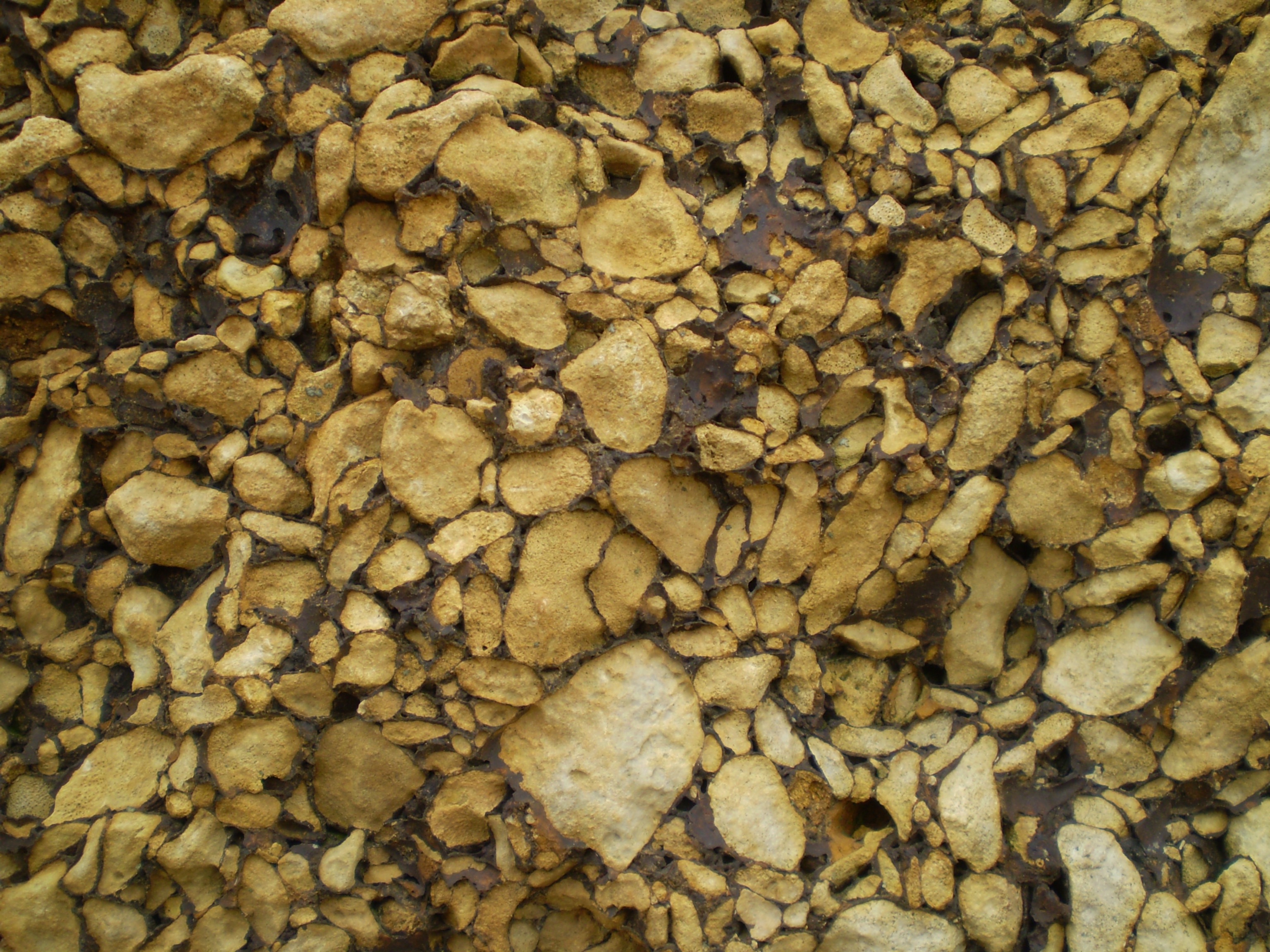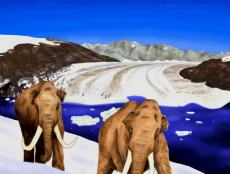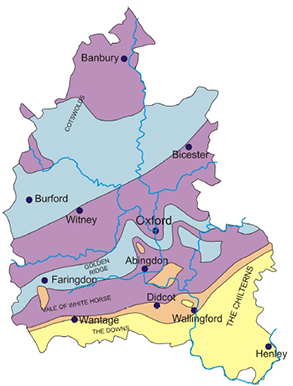
Click on the buttons below to learn more
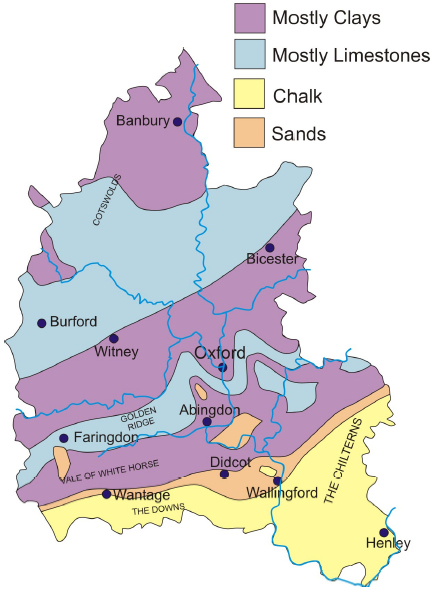
Click on the interactive map to learn more
Clays
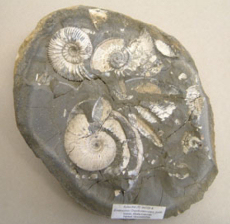
The clay formed on the floor of deep, calm seas. Ammonites and belemnites are common types of fossils that can be found in the clay in Oxfordshire.
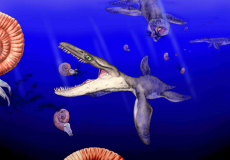
Remains of extinct marine reptiles, such as ichthyosaurs and plesiosaurs, have also been found in Oxfordshire clay.
Limestone
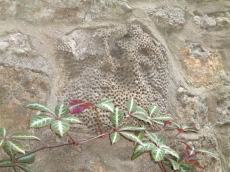
Limestone is a light-coloured, fairly hard rock that formed in shallow tropical seas.
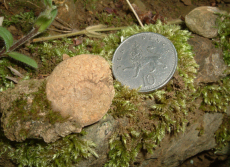
Oxfordshire limestone is packed full of the fossils of creatures that lived in these tropical environments, including shellfish, sea urchins, corals, ammonites and belemnites.
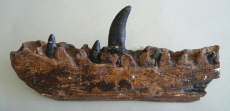
In the Jurassic, Oxfordshire was also home to the dinosaurs. Dinosaur bones and footprints have been found in the county, like this Megalosaurus jawbone.
Chalk

Chalk is found in southern Oxfordshire, where it underlies the Downs and the Chilterns.
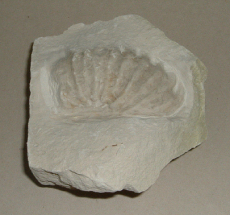
Chalk is very light in colour, and is made up of the tiny fossil skeletons of algae that lived in a sea that covered the whole of Britain during the later Cretaceous.
Sand & Gravels

There are two types of sand and gravel deposits in the county. The older deposits were formed in shallow seas during the Cretaceous, whilst much younger deposits were laid down by rivers during the Ice Ages, between 2 million and 10,000 years ago. These latter have revealed evidence for Ice Age inhabitants including mammoths, woolly rhinos, lions and even early man.
